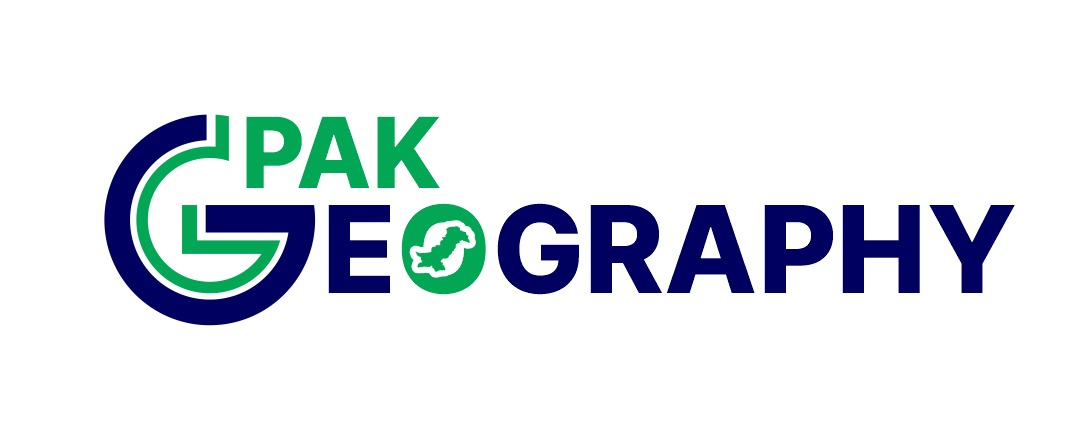Muhammad Pur Ghota is a rural settlement situated in Tehsil Multan City of Multan District, Punjab Province, Pakistan. According to the 2023 census by the Pakistan Bureau of Statistics, the village has a total population of 4,839 individuals, including 2,491 males and 2,348 females. Males make up 51.5 percent of the population, while females account for 48.5 percent. The settlement covers 1,823 acres, resulting in a population density of only 2.65 persons per acre.
Literacy Rate in Muhammad Pur Ghota
The literacy rate in Muhammad Pur Ghota is 27.8 percent for residents aged 10 years and above, which is 33.61 percentage points lower than the Multan District average of 61.41 percent. Male literacy stands at 33.0 percent, 34.28 percentage points behind the district male average of 67.28 percent. Female literacy is only 22.4 percent, falling short of the district female average of 55.27 percent by 32.87 percentage points. These figures reflect serious educational challenges, with both male and female literacy levels considerably lower than district standards.
The levels of educational attainment achieved by residents are as follows:
- Primary but below Matric: 337 males and 206 females
- Matric but below Degree: 146 males and 112 females
- Degree and above: 43 males and 21 females
The breakdown reveals that although some progress exists at the primary and matric levels, the number of degree holders is very limited, especially among females.
Religious and Age Composition
Out of the total population of Muhammad Pur Ghota, 4,833 are Muslims while 6 individuals follow other religions.
The number of residents aged 10 years and above is 3,598.
Adults aged 18 years and older total 2,727.
The senior population aged 60 years and above is 226, forming a small elderly segment within the community.
Muhammad Pur Ghota is among the least literate rural villages of Multan District. With literacy levels significantly lower than district averages and very limited higher education, the village faces an acute need for educational support and targeted interventions, particularly for women and girls.
Data Summary
| Parameter | Value | District Comparison |
|---|---|---|
| Population | 4,839 | – |
| Males | 2,491 (51.5%) | – |
| Females | 2,348 (48.5%) | – |
| Literacy Rate | 27.8% | 33.61% below district |
| Male Literacy | 33.0% | 34.28% below district |
| Female Literacy | 22.4% | 32.87% below district |
| Adult Population (18+) | 2,727 | – |
| Senior Citizens (60+) | 226 | – |
| Area | 1,823 Acres | – |
